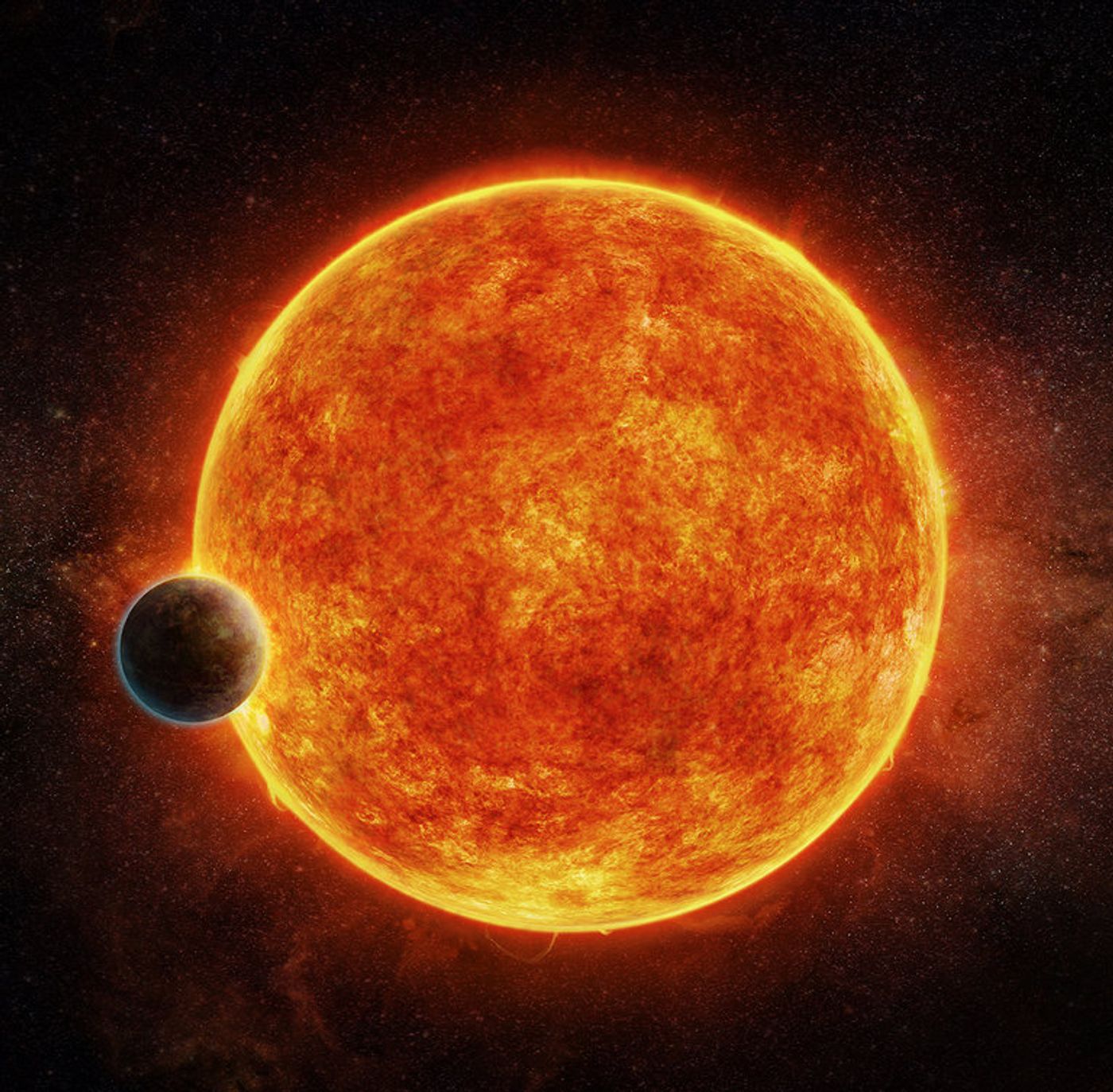This Exoplanet Has the Potential to Support Life, Study Says
The search for life in our universe, anywhere else besides Earth, continues to be a long and drawn-out process. So far, we have no leads; on the other hand, scientists continue their search based on the signatures of exoplanets that look and behave similarly to Earth.
One such potential candidate that was recently discovered was outlined in a new paper published this week in Nature. It’s a terrestrial Earth-like exoplanet dubbed LHS 1140b that resides around 40 light years away from us and is about 1.4 times the size of our planet.
Image Credit: M. Weiss/CfA
Astronomers say it circles the red dwarf star LHS 1140 once every 25 Earth days, exists within the star’s habitable zone and liquid water could potentially exist on its surface. This type of environment is ideal for live to thrive, which in turn has experts excited over the finding.
Related: Scientists say TRAPPIST-1 system has at least 7 Earth-like exoplanets that could support life
The star that LHS 1140b orbits is approximately one fifth of the size of our Sun, so the exoplanet is much closer to its host star than Earth is to the Sun. Nevertheless, because the star is producing far less energy, LHS 1140b is bombarded with much less energy than the Earth, which helps make life formation more possible.
The following illustration shows what a trip to LHS 1140 would look like:
It’s worth noting how a recent study suggested that exoplanets orbiting red dwarf stars are unlikely to support life, so there’s certainly a conflict of opinion in the astronomical community over where we’re likely to find life in the first place.
Nevertheless, because being the first to find life anywhere else in the universe besides planet Earth would come with great honors and eons of scientific citation, scientists aren’t leaving any rocks unturned.
While our current operating space observation equipment isn’t quite powerful enough to study life-supporting planets from so far away, the study does cite “telescopes under construction,” which might be able to.
They’re, of course, referring to the James Webb Space Telescope (JWST), which is slated to launch sometime in 2018 to explore the cosmos even further than the Hubble Space Telescope can with its much larger primary mirror and up-to-date sensory equipment.
It should be interesting to see if we can study the LHS 1140 system in more detail and whether or not we can find any traces of the exoplanet supporting life.
Source: New York Times









